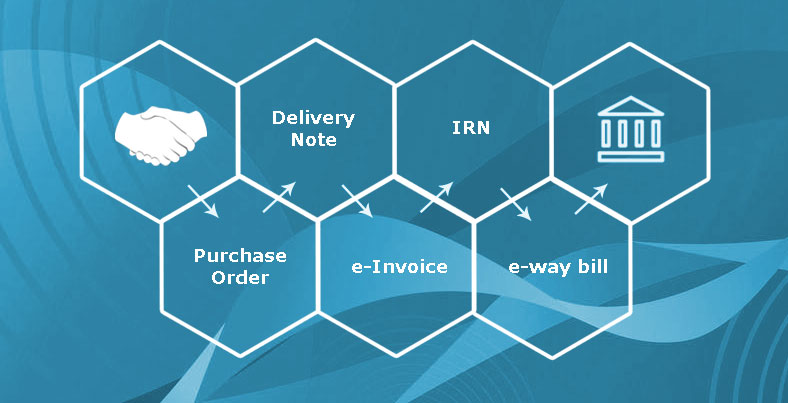What is e-Bill system?
The Electronic Bill (e-Bill) processing system was launched by the Central Government on the occasion of the 46th Civil Accounts Day in 2022. It was announced during the Union Budget 2022-23. It is part of the various measures taken by the Indian Government to promote ‘The Ease of Doing Business (EoDB) and Digital India ecosystem.
Why is an e-bill system in News?
All central ministries and departments will be brought on board of the paperless and faceless e-Bill system before March 2024 to eliminate corruption and ensure the timely clearance of bills submitted by their vendors and contractors. Currently, 350 departments are on this system. 200 more are to do the same in the next year.
What is e-bill system?
the e-bill system is transacting bills digitally. It was introduced to improve the digital ecosystem of India and the Ease of doing business. The main objective of the system is to increase transparency. With the e-bill system, vendors and suppliers can submit their bills online anytime. There are no physical interferences between government officials and suppliers.
What are the major steps involved in the e-billing process?
Creating invoices, Collecting payments from customers, and sending an invoice. The invoice lists the products and services provided to the customers. Creating invoices includes ensuring that the correct items are included, applying discounts, and calculating the totals. The next step is to send the invoice to the customer. The last step is to collect the payments and also track them.
Who developed the e-bill system?
Public Financial Management System. It operates under the finance ministry. Earlier it was called the Central Plan Schemes Monitoring System. It was developed to track the money issued under the government schemes in the country and also report the expenses being made real-time. The main objective was to assist the GoI in public finance management.
Month: Current Affairs - March, 2023
Category: Economy & Banking Current Affairs







